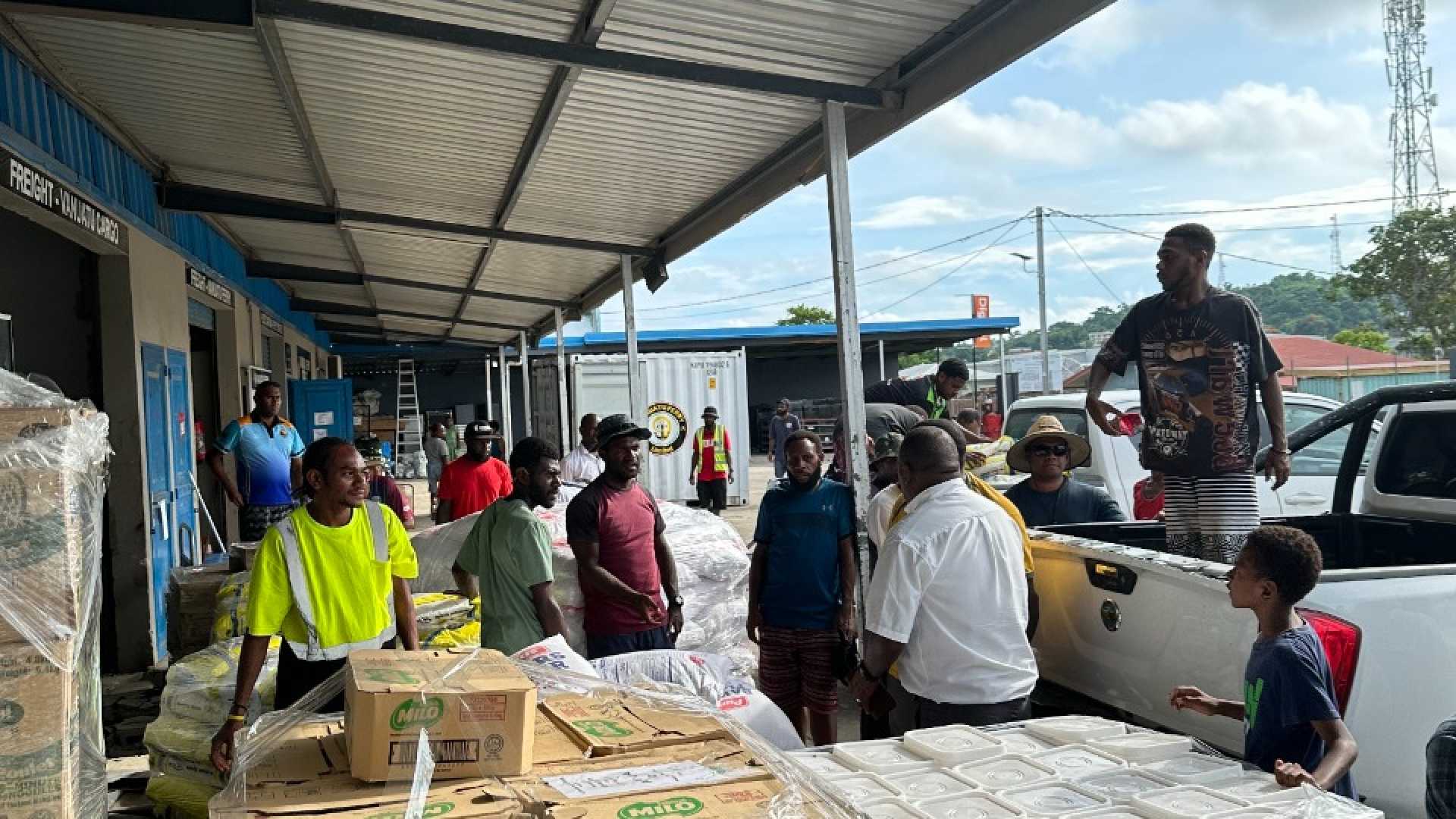News
Vanuatu’s Earthquake Insurance Proves Crucial After 7.3 Quake Strikes

PORT VILA, Vanuatu — After a magnitude 7.3 earthquake struck near Vanuatu’s capital on December 17, 2024, the Pacific island nation’s recent investment in parametric earthquake insurance allowed for immediate disaster relief. The earthquake resulted in 14 fatalities, extensively damaged urban infrastructure, and displaced approximately 2,500 residents.
The earthquake struck just six weeks after Vanuatu purchased innovative insurance coverage through the Pacific Catastrophe Risk Insurance Company (PCRIC) on November 1, 2024. This policy, modeled by Temblor, Inc. and other experts, aims to facilitate rapid financial support without the need for extensive claims processes.
As a result of the earthquake, about 20,000 residents lacked access to clean water, compounding the challenges facing emergency responders. The Vanuatu Recovery Operation Centre reported significant disruption to over 200 businesses during this crisis.
On December 28, the CEO of PCRIC hand-delivered an insurance payout to Vanuatu’s Prime Minister, effectively aiding immediate relief efforts. The parametric insurance model proved particularly advantageous compared to traditional indemnity policies, which typically involve lengthy and costly claims adjustment processes.
“This approach ensures that the government can respond quickly to events that impact the population,” said PCRIC CEO, indicating the policy’s design allows for expedited payouts based on pre-set criteria without extensive damage assessment.
The 2024 earthquake occurred along a vertical tear in the subduction zone where the Pacific plate collides with the Australian plate. This tectonic activity is responsible for more than 15% of the world’s seismic activity, presenting significant risk to Vanuatu and its neighboring islands.
The event triggered strong shaking, leading to the destruction of key facilities, including the U.S. Embassy. Fortunately, the quake resulted in only a modest tsunami, with a peak wave height of 0.6 meters recorded, sparing Port Vila from catastrophic inundation.
Traditional insurance models can be more resource-heavy, often requiring extensive surveys and negotiations before any payments can be disbursed. By contrast, parametric insurance uses predefined metrics, such as shaking intensity, to determine payouts quickly. These policies are especially appealing to island nations like Vanuatu, where administrative resources may be limited.
The recent disaster highlights the potential for expanding parametric insurance in regions vulnerable to natural disasters. “We see a great future for these models, particularly in areas where traditional insurance markets struggle,” explained Ross S. Stein, a researcher at Temblor. “This can significantly improve recovery outcomes for impacted populations.”
Going forward, the success of this parametric insurance model in Vanuatu could inspire similar frameworks in other seismically vulnerable regions worldwide, ensuring faster recovery times and potentially saving lives.












